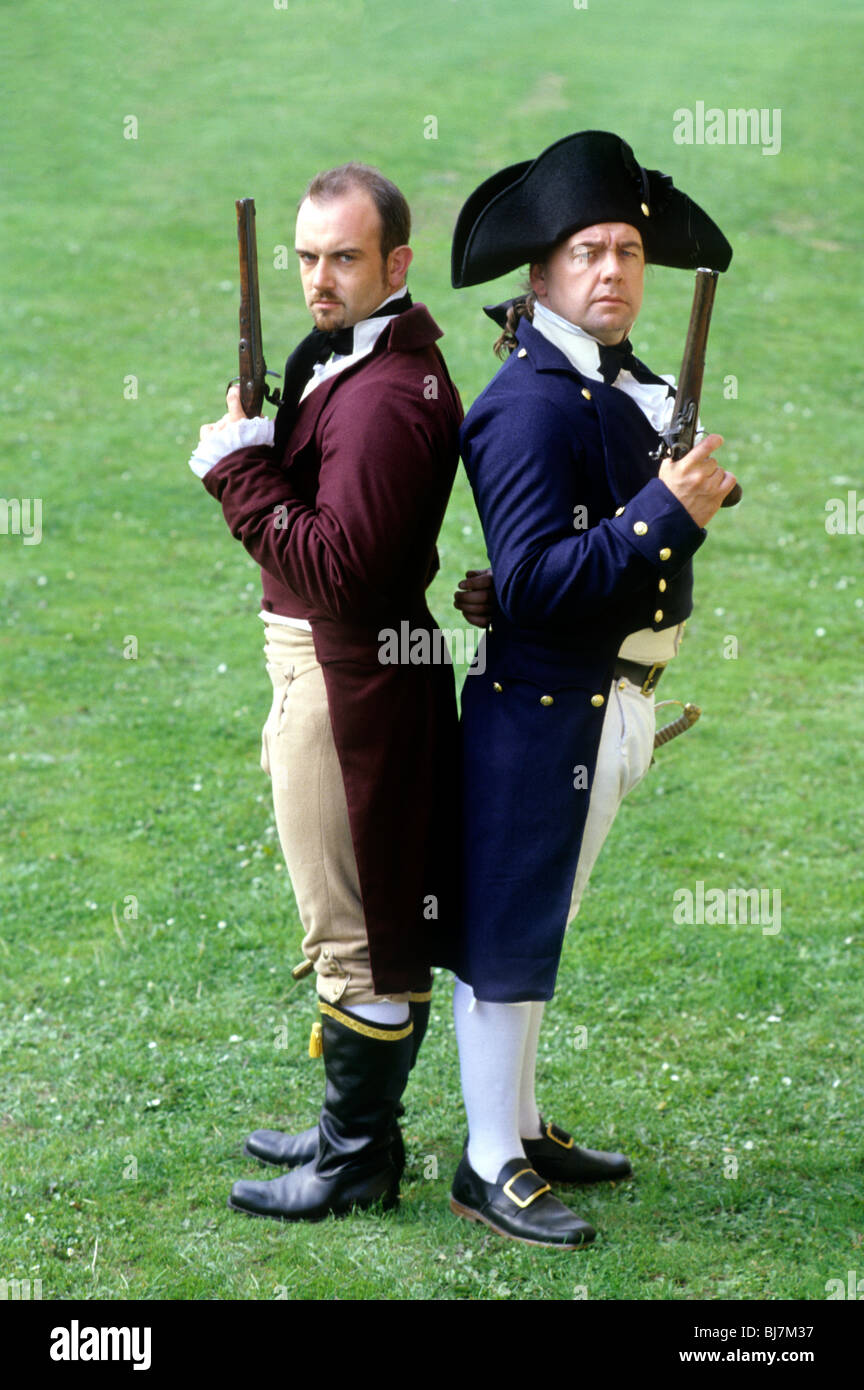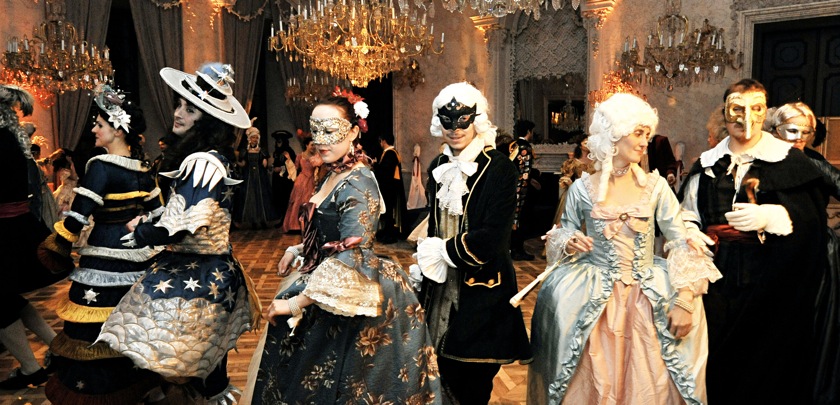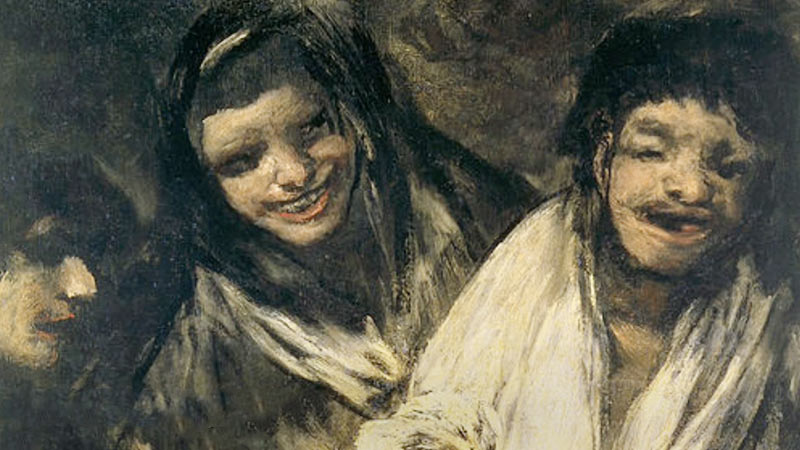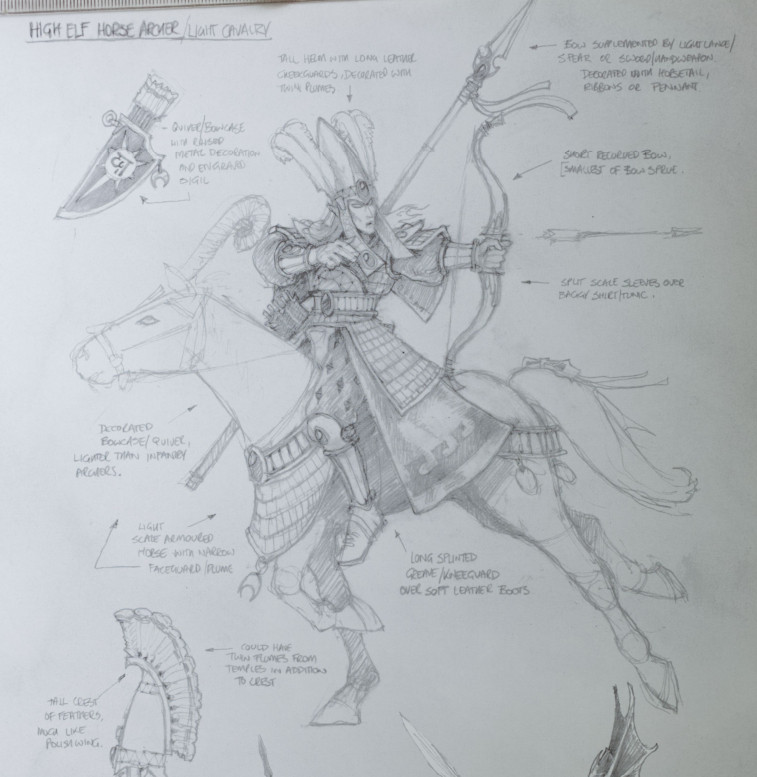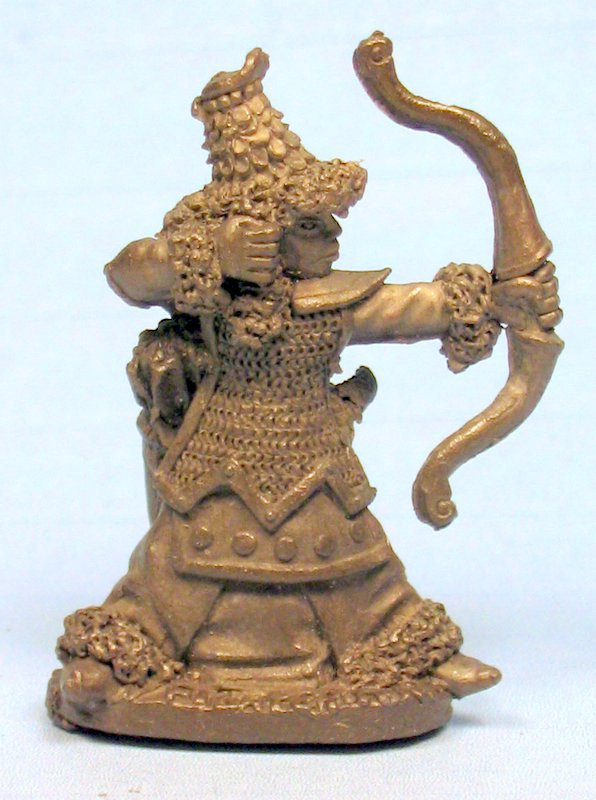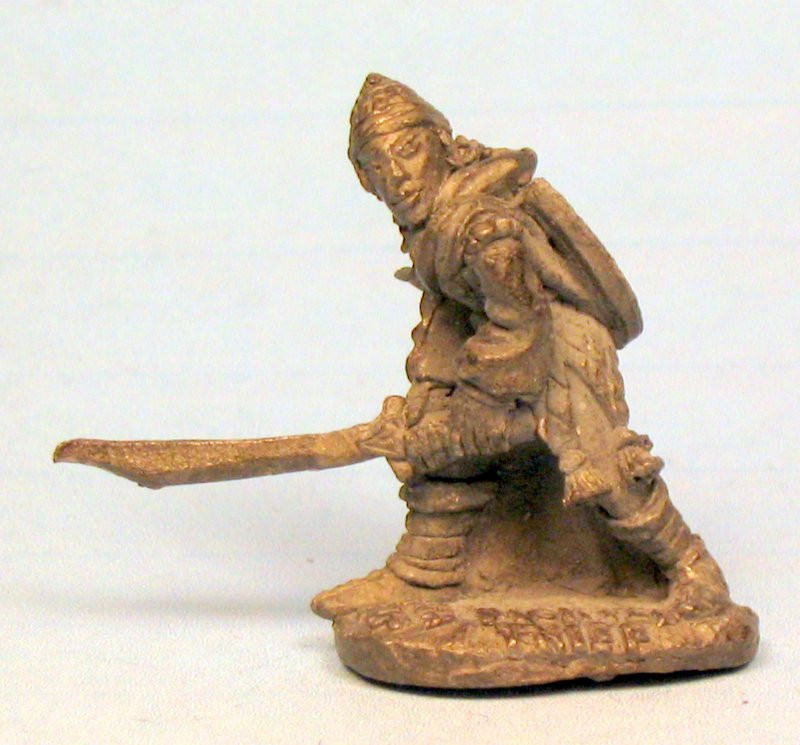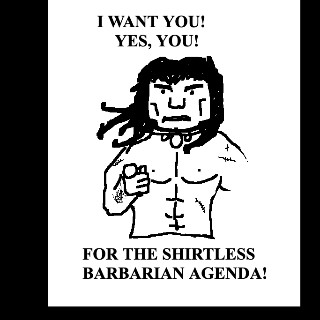@Brian Van De Walker You have no idea what you're talking about, I don't mind calling you out on it.
The Etruscans were not only an important ethnic group in the republic, but continued to be during the Empire, even as they were culturally assimilating to the Romans.
Your "vindictiveness rarely seen in history" seems rather out of place when many of the major players in the late republic, such as Maecenas and Agrippa were themselves Etruscan, Emperor Claudius a proud Etruscan descendant, and multple later Emperors hailing from Etruria directly. (Emperors Decius, Herennius Etruscus, Trebonius and Volusianus - though there are probably a few more kicking about. The Severan dynasty has an Etruscan connection if I remember correctly.)
Likewise, it seems your argument is rather mixed up- I'm unlcear, am I supposed to believe that lamellar is supposed to come from Assyria, or from the far east? And am I supposed to take it for granted that Lorica Segmentata just appeared ut of nowhere with no prior development or evolution, rather than as a development of armor techniques that were already present on the Italian peninsula?
Art History is distorted. It can't be taken at face value. The depictions of soldiers and arms and armor are all the result of cultural sterotypes and propaganda, and it's difficult have a realistic conclusion of who influenced who based on it. We know, for instance, that the Etruscans even during the period of the republic when they were serving either in, or allies to the Roman army had a strong bias against depicting themselves in Roman arm in art, preferring to depict themselves in a more hellenistic manner. Trajans column, if taken at face value, would make you think that all of these soldiers had nieat orderly uniforms, and that Legionaries and auxilla troops wore totally distinct equipment.
Moreover, you're to have me believe that despite the human body being the same, only one culture could figure out layering medium sized metal plates over each other to make armor? That's absurd. The nature of the human mind and body, combined with the nature of the trouble we make for ourselves lends to humans re-inventing the same concept time and time again, and the less abstract the idea, the more similar it ends up looking in execution. It's not so different from the concept of roof tiles - there are also some people who seem dead set on making a stand about a unitary origin for roof tiles, but step away from the heat of the argument, and that idea doesn't make sense - the conditions that lead to the need for rooftiles are all over the planet, and the basic idea of needing layers of materials to create humble thatch roof stretch across the myriads of human societies. The idea to make them out of a permanent material instead of a biologically degradeable one isn't a stroke of genius - it's just the humble wisdom of practicality. There isn't really a good argument for why armor doesn't work that way, particularly since we see it change in relation to what weapons are being used in a particular time period.
Where are your archaeological examples of Egyptian and Carthaginian lamellar then? Where was lamellar armor being used when it supposedly influenced the Etruscans to make thiers, or the Romans to make segmentata (which is essentially a lamellar in how it functions)? To my knowledge, there isnt anything like a direct line of evidence in support of this "common knowledge" - which again, seems like it's just lifted from people looking at art history books and making conclusions based on that alone. "Common knowledge" is not always correct - particularly in contexts where having specialist knowledge is important to come to more accurate conclusions.
As a side note, a few extra thing that don't work in the context of all that would be:
1) While I don't know exactly when the Mars of Todi was found, it's been known since at least the 1920's (Edit: It's been known since 1835)
2) I'm not sure where your ideas on the use of Lorica Segmentata come from, but it was in use all around the empire. Some of it's most notable examples come from finds in Britain and Germany.
3) The Mars of Todi is not unique, and there are other example of Etruscans/ Etrusco-Romans in art wearing it. I can provide some examples if needed.
4) Nothing here is of relevence to this thread, so while I don't really care to continue, I'm also not really keen on a rather skewed view of cultural transmission. The idea that people are smart or creative enough to innovate the same thing multiple times in different places isn't a profound one, and I think it holds a lot more answers to the hows and whys of history then the A---?---C model that pops up very often.
5) I will go ahead and make a note that this an area where I have had direct academic access to, which is why my knowledge in the subject is a bit more robust than most war gamers. We can continue this discussion, but it would be better in its own thread rather than derailing yours, which should just be about elves and pleasantly talking about them, rather than heated discussions over the development and transmissions of Italo-Roman armor styles.
Edit: Mentioning my base of knowledge isn't intended to sacre you off of arguing, but it is in the interest of fairness. If you're going to dance, you should know the skill of your partner.































